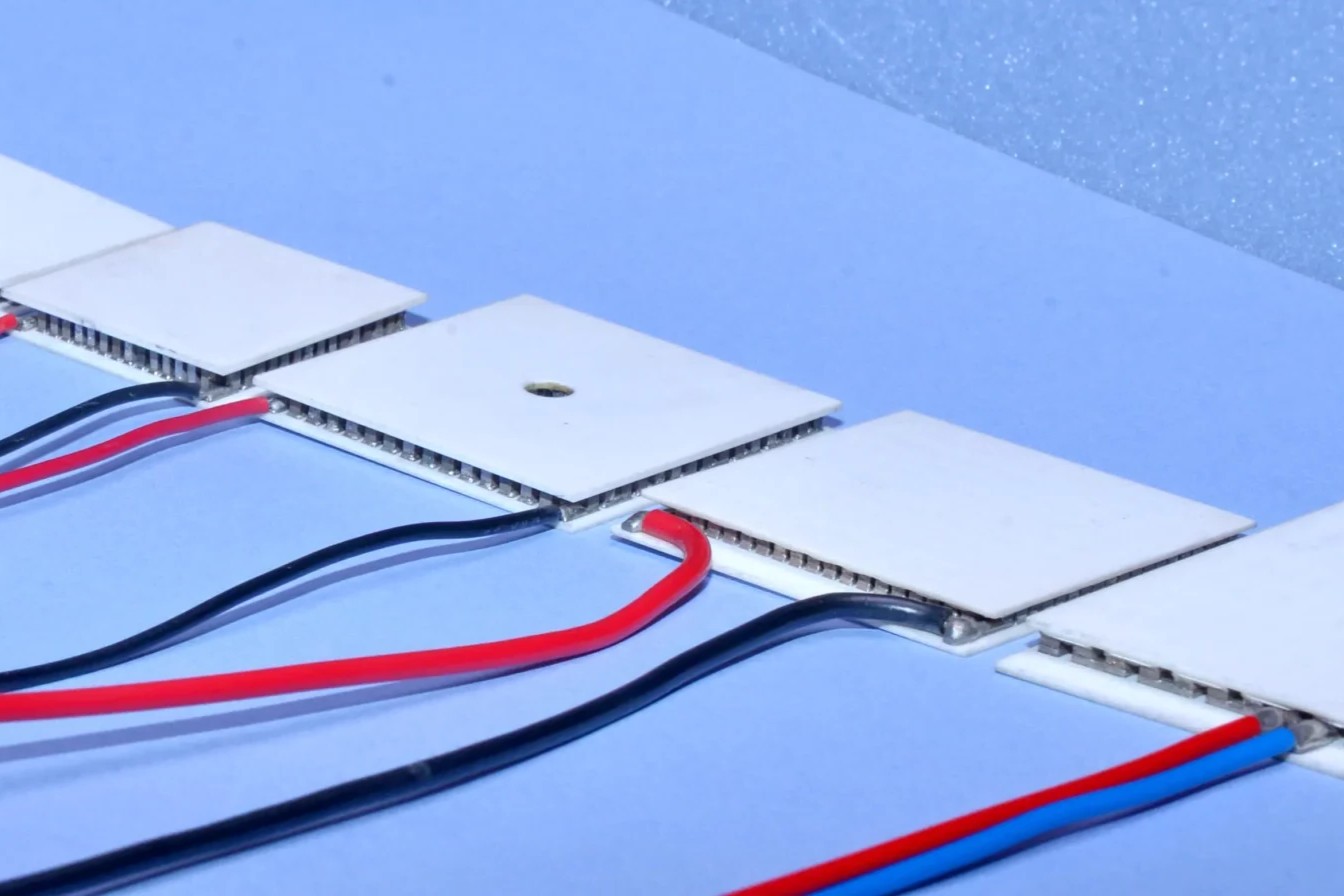
Thermoelectric cooling might sound like a complex topic, but it's actually quite fascinating and useful. Thermoelectric coolers (TECs) use electricity to create a temperature difference, making them perfect for cooling small devices or even your favorite gadgets. Unlike traditional cooling methods, TECs have no moving parts, which means they are quieter and more reliable. They work based on the Peltier effect, discovered in the 19th century, where an electric current creates a heat flux at the junction of two different materials. This technology is used in various applications, from cooling computer processors to portable refrigerators. Ready to learn more? Here are 26 intriguing facts about thermoelectric cooling that will expand your understanding of this innovative technology.
What is Thermoelectric Cooling?
Thermoelectric cooling is a fascinating technology that uses the Peltier effect to create a heat flux between the junction of two different types of materials. This technology is used in various applications, from cooling electronic devices to portable refrigerators. Let's dive into some intriguing facts about thermoelectric cooling.
How Thermoelectric Cooling Works
Understanding the basics of how thermoelectric cooling operates can help appreciate its applications and benefits.
- Peltier Effect: The Peltier effect is the core principle behind thermoelectric cooling. When an electric current passes through two different conductors, heat is absorbed at one junction and released at the other.
- No Moving Parts: Thermoelectric coolers have no moving parts, making them highly reliable and less prone to mechanical failure.
- Direct Current: These coolers operate on direct current (DC), which makes them compatible with battery-powered devices.
- Reversible Process: The cooling and heating process can be reversed by simply changing the direction of the current.
Applications of Thermoelectric Cooling
Thermoelectric cooling is used in a variety of fields, from consumer electronics to scientific research.
- Portable Coolers: Many portable coolers and mini-fridges use thermoelectric cooling for their compact size and efficiency.
- CPU Coolers: Some high-performance computer CPU coolers use thermoelectric modules to manage heat.
- Medical Devices: Thermoelectric cooling is used in medical devices to maintain precise temperatures.
- Spacecraft: NASA uses thermoelectric coolers in spacecraft to manage temperature in the harsh environment of space.
Advantages of Thermoelectric Cooling
There are several benefits to using thermoelectric cooling over traditional methods.
- Compact Size: Thermoelectric coolers are small and lightweight, making them ideal for portable applications.
- Quiet Operation: Since there are no moving parts, these coolers operate silently.
- Environmentally Friendly: They do not use harmful refrigerants, making them eco-friendly.
- Precise Temperature Control: Thermoelectric coolers can maintain very precise temperatures, which is crucial for sensitive applications.
Challenges and Limitations
Despite its advantages, thermoelectric cooling has some challenges and limitations.
- Efficiency: Thermoelectric coolers are less efficient than traditional refrigeration methods, especially for large-scale cooling.
- Cost: The materials used in thermoelectric modules can be expensive, making the initial cost higher.
- Heat Dissipation: Effective heat dissipation is necessary to prevent overheating of the thermoelectric module itself.
- Power Consumption: These coolers can consume a significant amount of power, especially when used for extended periods.
Innovations in Thermoelectric Cooling
Recent advancements are making thermoelectric cooling more efficient and accessible.
- Nanotechnology: Researchers are using nanotechnology to improve the efficiency of thermoelectric materials.
- New Materials: Development of new materials like bismuth telluride has enhanced performance.
- Hybrid Systems: Combining thermoelectric cooling with traditional methods to improve overall efficiency.
- Wearable Technology: Innovations are leading to the development of wearable thermoelectric coolers for personal use.
Fun Facts About Thermoelectric Cooling
Here are some fun and lesser-known facts about thermoelectric cooling.
- Historical Roots: The Peltier effect was discovered in 1834 by Jean Charles Athanase Peltier, a French physicist.
- Space Missions: Thermoelectric coolers have been used in space missions since the 1960s.
- DIY Projects: Many hobbyists use thermoelectric modules for DIY cooling projects, like custom beverage coolers.
- Thermoelectric Generators: The same principle can be used in reverse to generate electricity from heat.
- Eco-Friendly Camping: Portable thermoelectric coolers are popular among eco-conscious campers.
- Silent Operation: Their silent operation makes them ideal for noise-sensitive environments like libraries and hospitals.
The Final Chill
Thermoelectric cooling is a fascinating technology with a wide range of applications. From keeping your electronics cool to powering portable refrigerators, it’s a versatile and efficient solution. Unlike traditional cooling methods, thermoelectric coolers are compact, silent, and environmentally friendly. They work by using the Peltier effect, which creates a temperature difference when an electric current passes through two different materials. This technology is not only used in consumer products but also in scientific and industrial settings.
Understanding the basics of thermoelectric cooling can help you appreciate its benefits and potential. Whether you’re a tech enthusiast or just curious about how your gadgets stay cool, knowing these facts can be quite enlightening. So next time you enjoy a cold drink from a portable cooler or notice your laptop running smoothly, you’ll know a bit more about the science making it possible.
Was this page helpful?
Our commitment to delivering trustworthy and engaging content is at the heart of what we do. Each fact on our site is contributed by real users like you, bringing a wealth of diverse insights and information. To ensure the highest standards of accuracy and reliability, our dedicated editors meticulously review each submission. This process guarantees that the facts we share are not only fascinating but also credible. Trust in our commitment to quality and authenticity as you explore and learn with us.
